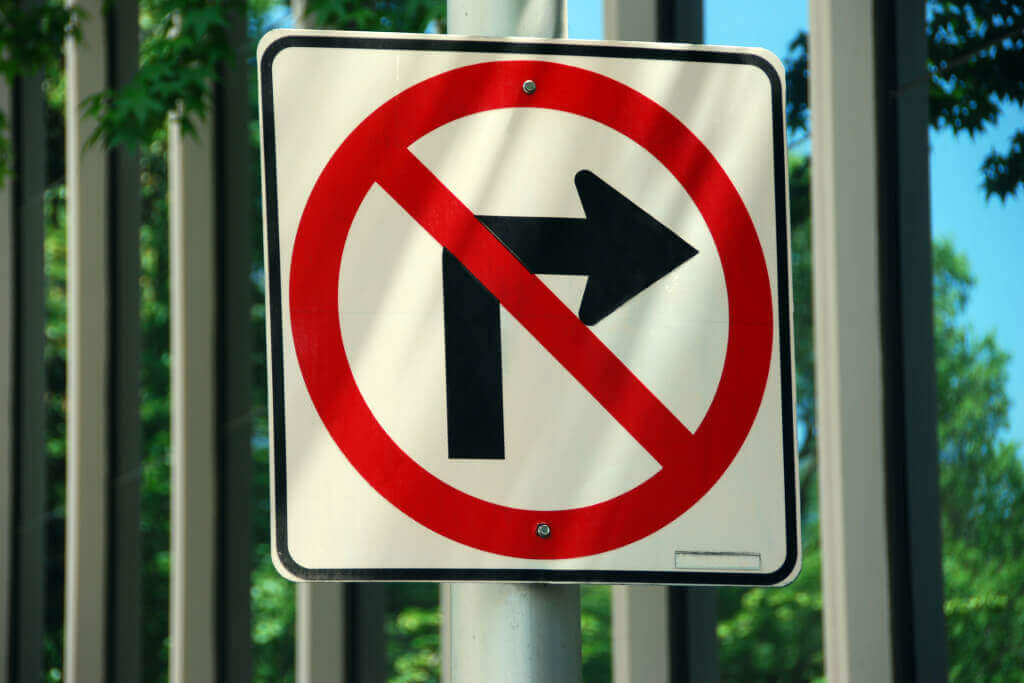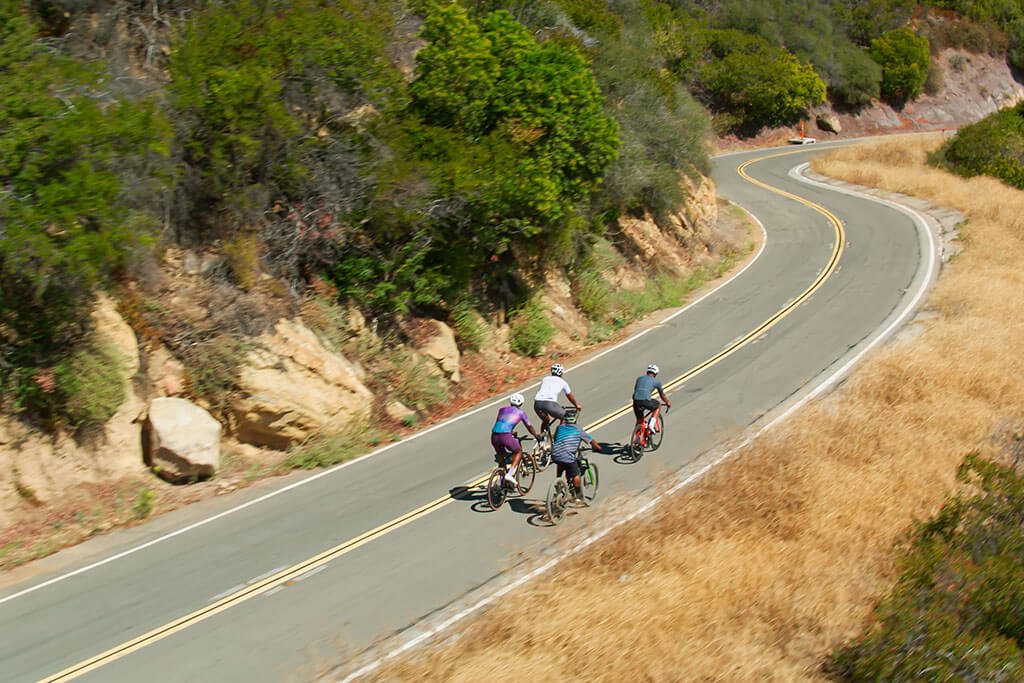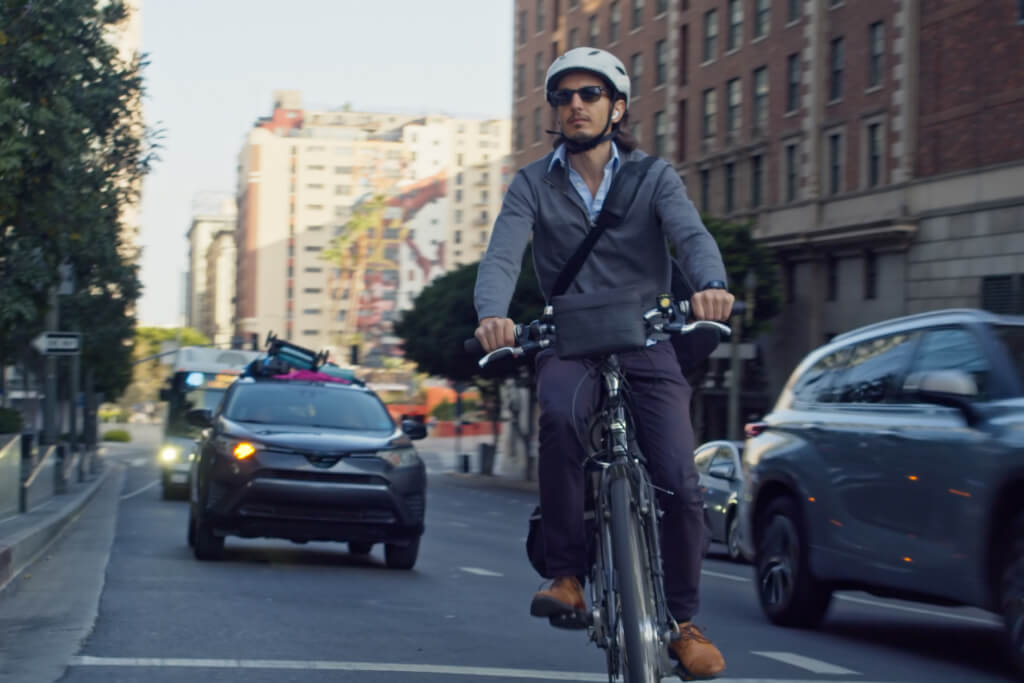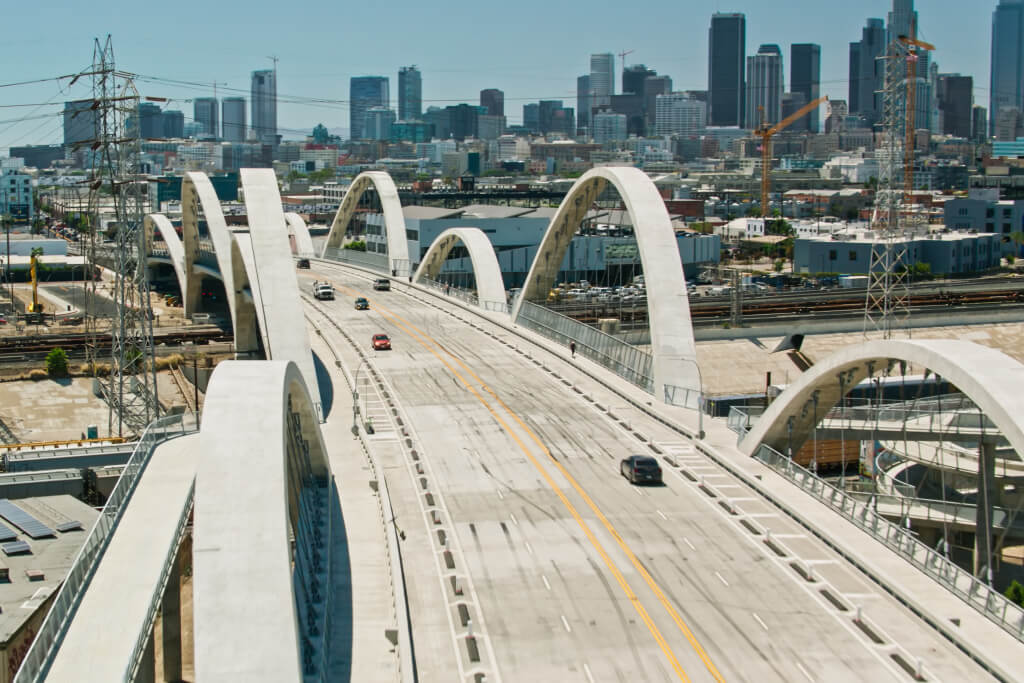Bicycle Laws
Bike laws are always transforming. Sometimes they focus on the safety requirements for bicyclists, such as under what circumstances a helmet is mandatory or when bicyclists should stay off the road. Other times, the laws are about penalties and precedents: some behaviors (like walking to cross a pedestrian lane) automatically put the burden or liability on the driver involved in a collision. But sometimes the law change how bicyclists should read road signs, and it’s just as important to keep an eye on those updates.
What’s an Idaho stop?
In 1982, Idaho passed a law that let bicyclists downgrade their responses to traffic signs. A red light became a stop sign, and a stop sign became a signal to yield. Delaware adopted the idea last year, and Colorado adapted part of it to fit their road rules earlier this year. Utah is also considering it.
The law was designed to make the roads make more sense for cyclists. Bikes don’t brake and restart the same way cars can, and Idaho had a lot of bikers with technical violations filling up their court space. With the Idaho stop, cyclists and cars both paid more attention to the purpose of stop signs and lights: safety and right-of-way.
But there’s still a lot of contention surrounding the idea of Idaho stops. Some organizations think having separate rules for cyclists and drivers will cause confusion, both for people on bicycles and drivers not expecting a bicycle to “run” a red light. But supporters of the laws maintain that Idaho stops make more sense with the flow of bike riding and aren’t hard to intuit.
California has seen a few proposed bills and resolutions about these rolling stops, and San Francisco has looked into it separately. Whether you’re for or against the idea, it’s another factor to keep in mind if you plan biking across any state or city lines. Go to the Law Office of Gary Brustin for more updates and bike safety news.





